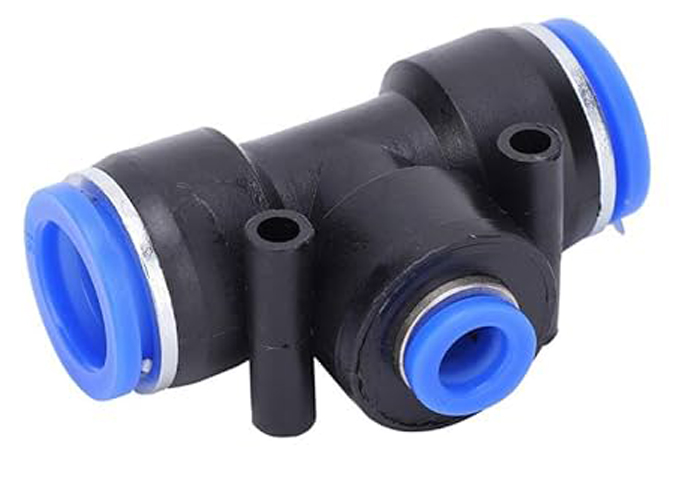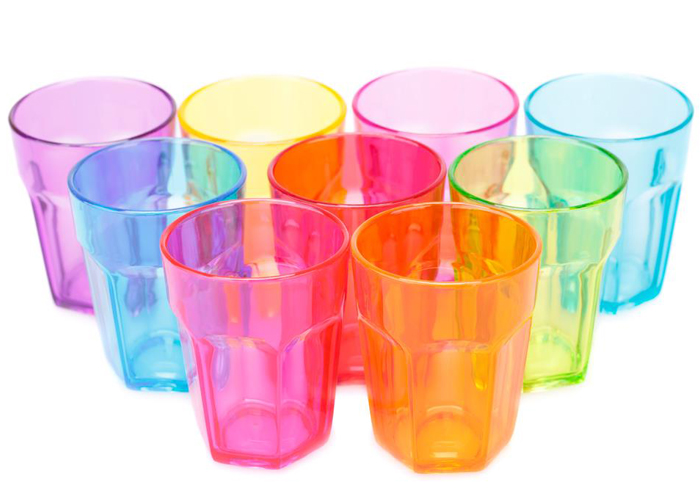
- +8615880211820
- [email protected]
- No.67, Tongan Industry Park, Xiamen
Introduction: In the realm of synthetic rubber, innovation continues to thrive, particularly with the emergence of thermoplastic elastomers (TPEs). Among these, Styrene Isoprene Styrene (SIS) block copolymer stands out as a versatile material, finding its applications in various industries ranging from adhesive formulations to asphalt modifications. Its unique properties and eco-friendly nature make it a sought-after choice in modern manufacturing processes.
Styrene Isoprene Styrene (SIS) is a clear, linear triblock copolymer that derives its properties from the combination of styrene and isoprene monomers. This distinctive structure grants SIS its remarkable elasticity, cohesion strength, and thermal stability, characteristics essential for its myriad applications.
SIS serves as a fundamental ingredient in formulating adhesives, sealants, and coatings. Its compatibility with hydrocarbon resins, plasticizers, and additives enables the production of a diverse range of hot-melt adhesives. These adhesives find utility in manufacturing various products including baby diapers, adult incontinence products, and feminine care items. Furthermore, SIS-based adhesives excel in elastic attachment applications, facilitating the bonding of elastic components to polyolefin and non-woven films for stretchable waist and leg bands in hygiene products.
Feminine care products benefit significantly from the use of SIS polymers, particularly in construction, positioning, and core-stabilization adhesives. The superior adhesion and thermal stability of SIS contribute to the durability and reliability of these products, ensuring comfort and performance for users.
One of the standout features of SIS is its eco-friendly nature. As a non-toxic and recyclable material, SIS aligns with the growing demand for sustainable alternatives in manufacturing processes. Moreover, its formulation typically eliminates the need for solvents, further reducing its environmental footprint.
Beyond adhesives, SIS finds utility in a spectrum of applications. It serves as a plastic modifier, enhancing the properties of various plastic materials. Additionally, in asphalt modification, SIS acts as a modifier, improving the performance and longevity of asphalt pavements. Its versatility extends to packaging, where it aids in the production of adhesive tapes and labeling materials.
Conclusion: The advent of SIS styrene isoprene styrene block copolymer marks a significant advancement in the realm of thermoplastic elastomers. Its unique combination of properties, including superior adhesion, thermal stability, and environmental sustainability, positions it as a material of choice across diverse industries. As innovation continues to drive material science forward, the versatility and efficacy of SIS are poised to catalyze further advancements in manufacturing and product development.
Our masterbatches find a multitude of applications across diverse industries. Whether in plastics, textiles, or various manufacturing processes, our masterbatches play a pivotal role in enhancing product quality and performance. With customizable formulations, they offer color consistency, UV protection, flame resistance, and more, making them the go-to solution for countless applications. From automotive parts to packaging materials, our masterbatches are the trusted choice for achieving superior results across a wide spectrum of industries.
Our custom masterbatches are designed to match specific polymers, ensuring optimal performance when incorporated into your selected material. We have the capability to produce masterbatches suitable for a variety of polymers mentioned below, and many more. If you’re working with a material that isn’t listed here, please don’t hesitate to reach out to our knowledgeable technical team to explore the possibility of meeting your specific needs.

Low Density Polyethylene – Somewhat more translucent than HDPE and considerably more pliable, primarily employed in flexible packaging, tote bags, pliable tubing, film applications, and similar uses. Like HDPE, it has limited transparency characteristics. It exhibits outstanding chemical resistance to alcohols, acids, and alkalis but has restricted resistance to hydrocarbon solvents and mineral oils. Prolonged exposure to UV radiation can initiate degradation.
High-Density Polyethylene – Featuring a somewhat milky-white appearance, this material finds wide application in rigid bottle packaging, injection-molded caps and closures, crates, and more. Its natural opacity can limit the degree of transparency attainable. HDPE exhibits superior chemical and solvent resistance when compared to LDPE.


PPCO Random & PPHO – A polymer with moderate clarity, employed in the production of caps and closures. It is also utilized for crafting household items, buckets, toys, and storage containers. Polypropylene offers flexibility without significant limitations on color or special effects. Random copolymer boasts greater clarity compared to homopolymer and is better suited for creating translucent shades.
PPCO Block – Similar to PPCO but enhanced for increased impact resistance. An additive renders the polymer white, resulting in high opacity. This characteristic may limit the achievable transparency.
Polyethylene Terephthalate (PET) – Polyester materials exhibit robust mechanical strength along with excellent chemical resistance and barrier properties. PET is frequently chosen for the production of carbonated beverage containers. Moreover, polyester can be spun and employed in textile manufacturing for clothing. PET is highly transparent, making it an excellent choice for translucent packaging, although a subtle hint of “yellowing” may impact extremely light tints.


Polybutylene Terephthalate – A crystalline thermoplastic engineering polymer frequently employed as an insulating material within the electronics sector. This substance belongs to the polyester category, showcasing a remarkable equilibrium of attributes and processing qualities.
General Purpose Polystyrene – Exhibiting a glass-clear appearance but possessing minimal impact resistance, this material finds its primary application in CD cases. Its notable clarity renders it suitable for creating translucent hues, although an occasional violet tint may be discernible.


High Impact Polystyrene – Derived from GPPS by incorporating an impact-enhancing agent to boost its resistance to impacts. This added component results in the polymer becoming white, and different formulations provide varying degrees of opacity. Typically employed in the fabrication of game pieces, toys, and similar items. Its pronounced whiteness can pose challenges when aiming for translucent coloration. Specialized alternatives like K-Resin and Styrolux are accessible in the market to attain the same level of translucency as GPPS.
Acrylonitrile Butadiene Styrene (ABS) – A more robust iteration of High Impact Polystyrene (HIPS) employed in high-value components. ABS exhibits greater durability compared to HIPS-made components, although it encounters similar challenges when attempting to achieve translucent colorations. Just like HIPS, ABS offers specialized translucent variants. Owing to its durability, ABS is commonly used in crafting casings for power tools.


Polyamide (6, 66) – Nylon represents a versatile grade extensively employed in mechanical construction and maintenance. Its popularity stems from its excellent blend of mechanical strength, rigidity, mechanical damping characteristics, and effective electrical insulation capabilities. Consequently, nylon is a preferred material for manufacturing electrical enclosures. PA66 serves as a common alternative to metal across diverse applications, with its chemical and physical attributes closely resembling those of PA6. PA6 exhibits superior impact resistance and resistance to solvents, albeit with a heightened susceptibility to moisture absorption.
Styrene Acrylonitrile Copolymer – Possessing transparency and outstanding chemical and heat resistance, SAN also boasts good rigidity, tensile strength, and flexural strength. Thanks to its high-gloss finish, SAN is commonly chosen for cosmetic packaging purposes. However, achieving light tint colors with SAN can be challenging due to the violet dyestuffs inherent in the material, which are utilized to enhance its visual appearance during manufacturing.


Polyethylene Terephthalate Glycol – PET with the incorporation of glycol. This glycol addition enhances flow properties but diminishes strength. PETG can be extruded to create bottles and can be formed into sheets for producing ‘blister’ style packaging.
Thermoplastic Elastomer (TPE) or Thermoplastic Polyurethane (TPU) – TPU finds diverse uses in applications such as automotive instrument panels, caster wheels, power tools, medical devices, as well as various extruded film, sheet, and profile applications. TPEs are employed across a wide range of applications in industries spanning automotive, medical, construction, electrical, appliances, packaging, and industrial sectors.

Frequently asked questions about our masterbatch




©2023. Masterbatch Manufacturer All Rights Reserved.
Our team will send back the best offer in 20 minutes.